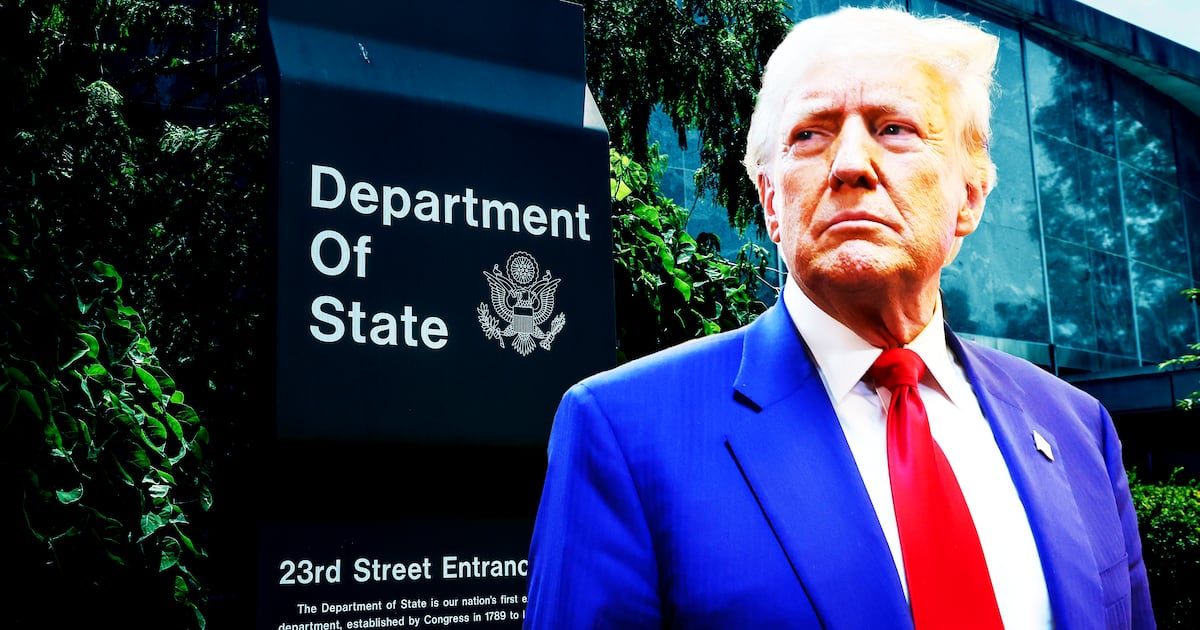Yesterday, as the rest of us scarfed down hot dogs, ousted Barclays CEO Bob Diamond was feeling “physically ill.”
The culprit? A set of colorful emails exchanged between Barclays employees, released as part of the bank’s $450 million settlement (PDF) over accusations of illegal interest-rate manipulation.
When Barclays conspired to tell big financial lies, it left a digital paper trail miles long. From January 2005 to June 2009, the bank admitted, its derivative traders repeatedly asked their colleagues to submit fake data to authorities and Thomson Reuters. The goal was to manipulate two of the most important numbers in finance, LIBOR and EURIBOR, rates that underpin everything from mortgages to student loans. The bogus submissions likely did the job, moving the numbers along on a rate roller-coaster—especially during the financial crisis.
What does that mean to you? In the simplest possible terms: say you have a $50,000 small-business loan or adjustable-rate mortgage, and its interest rate is “5 percent plus LIBOR”—in fact, a lot are. If Barclays and other banks submit fake figures to raise LIBOR by 1 percent, you’re out $500 more a year. (If they’re the ones who gave you the loan, that’s $500 in their pocket.) And if the banks depress LIBOR, and you’re an investor who owns $50,000 in 5-plus-LIBOR percent bonds (even through a mutual fund), it’s the same story.
So how did Barclays, in particular, pull this off? Whispered conversations and glad-handing in smoky London backrooms? No. According to the settlement, “at least one derivatives trader at Barclays would shout across” the office before making illegal requests of the data submitters. The indiscreet interest-rate impostors even sent seductive salvos over internal email.
After trawling through the settlement, we’ve identified some of the most bald-faced messages. While the messages don’t paint a flattering portrait of Barclays, they also raise awkward questions for other banks—as well for the British government, which allegedly encouraged the rate fixing.
On all these days, Barclays was trading LIBOR-indexed securities. Be warned, these aren’t for the financially faint of heart.

March 13th, 2006:
A trader tells a submitter friend “the big day [has] arrived … as always, any help wd be greatly appreciated.”
The submitter complies.
The trader expresses his gratitude: “when I retire and write a book about this business your name will be written in golden letters.”
The submitter isn’t so sure: “I would prefer this [to] not be in any book!”
March 27th, 2005:
A submitter says he’s going to have to come in late, “noonish.”
A trader chuckles, “Noonish? Whos going to put my low fixings in? hehehe.”
The submitter says someone else will take care of it.
March 16th, 2006:
After receiving a request from a trader, a submitter responds: “For you…anything.”
April 7th 2006:
A trader, again asking for a low submission, promises that “Coffees will be coming your way either way, just to say thank you for your help.”
The submitter, clearly a javaphile, responds, “Done…for you big boy.”
October 26th, 2006
Although Barclays submitted artificially low figures to help their own traders’ bottom lines, they also appear to have lent a hand to traders from other banks—presumably in the spirit of camaraderie. Around Thanksgiving time, a former Barclays trader, now at a different bank, got some help from the LIBOR liars. His response?
“Dude. I owe you big time! Come over one day after work and I’m opening a bottle of Bollinger.”
February 12th, 2007
As banks began to face liquidity tightening in early 2007, discretion became the name of the game in the rate-fixing gambit. The traders appear to know they were acting decidedly outside the law.
“If you know how to keep a secret I’ll bring you in on it.”
“If you breathe a word of this I’m not telling you anything else.”
“Please keep it to yourself otherwise it won’t work.”
February 28th, 2007
Barclays’ traders also nagged other banks to help them with the rate fixing, according to some emails. As one wrote to an external trader, “Duuuude… whats up with ur guys 34.5 3m fix…tell him to get it up!!”
The external trader agreed.
March 19th, 2007
One trader had a few choice words of advice for another: “This is the way you pull off deals like this chicken, don’t talk about it too much … the trick is you must not do this alone … this is between you and me but really don’t tell ANYBODY.”
September 26th, 2007
A trader told a submitter, “We’re all rooting for a high LIBOR tomorrow.”
November 19th, 2007
As the crisis thickened, Barclays’ rate fixing moved from profiteering to self-defense. Managers urged submitters to keep the rate submissions down, so as not to signal to the market that the bank was vulnerable. “Basically the[re] is no money out there,” moaned one submitter.
November 28th, 2007
Submitters had kept LIBOR in line with “the pack,” as one put it.
A manager was grateful: “Thanks for remaining pragmatic.”
March 19th, 2008
One submitter to another: “Just set [LIBOR] where everyone else sets it, we do not want to be standing out.”
April 17th, 2008
A manager: “We did stick our head above the parapet last year, got it shot off, and put it back down again. So, to the extent that, um, the LIBORs have been understated, are we guilty of being part of the pack? You could say we are.”
October 8th, 2008
In a phone-call, a submitter says that a manager “asked me to put it lower than it was yesterday … to send the message that we’re not in the shit.”
October 29th, 2008
For the grand finale, send in the government.
In an internal email released yesterday, former-CEO Bob Diamond recounts a late-2008 conversation with Paul Tucker, deputy governor of the Bank of England. According to Diamond, Tucker suggested that Barclays should feel free to submit lower LIBOR figures, if they want.
“While he was certain we did not need advice,” writes Diamond of Tucker, he advised that “it did not always need to be the case that we appeared as high as we have recently.”
Tucker also suggested, according to Diamond, that there were “a number of senior figures in Whitehall”—that is, the British government —concerned by Barclays LIBOR submissions, and wanted them adjusted.
Correction: A previous version of this story incorrectly stated that a 1% increase in interest rates would work out to $500 per month, rather than per year.






